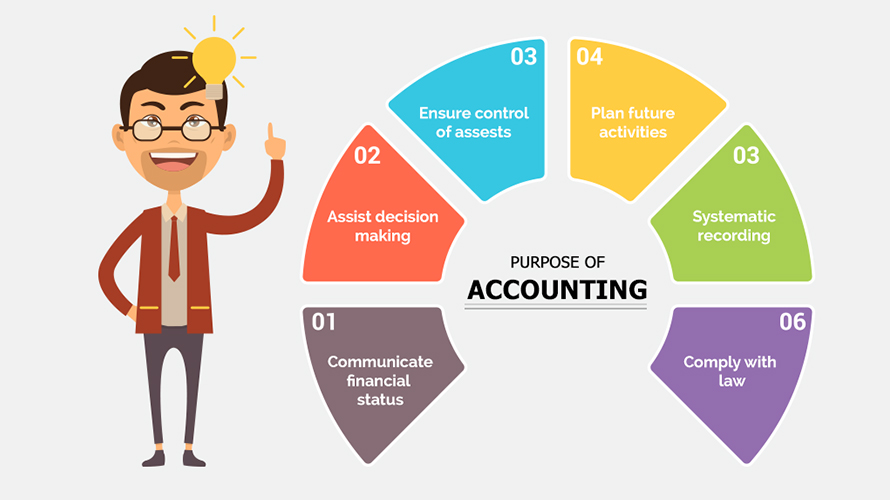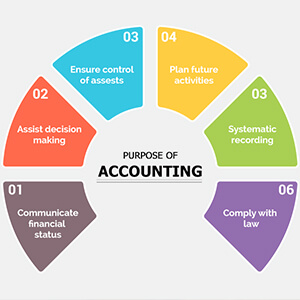Introduction:
The term ‘accounting’ represents the art of recording, evaluating and summarizing business transactions in an organized manner which has proven to be significant for big and small enterprises in the world. It should be in our best interest that using the accounting formulations is downright essential, because without accounting, business owners can never enlighten investors and stakeholders regarding their financial standings in the market.

In addition, the main objective of the business is to be on the thriving mode and earning maximum profit with utmost suitability in the markets. Therefore, without ‘accounting’, any business, which is on the verge to expand, would fail miserably in achieving its desired objectives, because it helps in highlighting the profits and losses of the company.
The board of accounting professionals has initiated “Generally Accepted Accounting Principles” (GAAP), which marks a bundle of accounting principles used on a worldwide basis to ensure accounting practices sharing the common standards. The main cores of ‘accountancy’ accepted at the companies are:
- The Balance Sheet
- Statement of Cash Flows
- The Income Statement
- Statement of Retained Earnings.
The 4 Competencies In ‘Accounting’:
Once everything has been finalized by the buying team, it’s time to move towards order completion, perhaps, the last rung on the ladder. This step emphasizes over penalizing the suppliers with a certain amount if the products fail at meeting the expecting standards.
Balance Sheet :
Hands out a detailed report regarding the finances of a business, however, it is composed for a specific period of time
Statement of Cash Flows:
It enlightens us with the elements closer to liquidation at present. Furthermore, it emphasizes on its solvency for a specific period of time.
Income Statement:
It helps in composing a report emphasizing on the past performances and predicting the future performance of a company.
Statement of Retained Earnings:
Used for reinvesting in the business cores as well as paying off its debt to run business activities in a swift manner.

